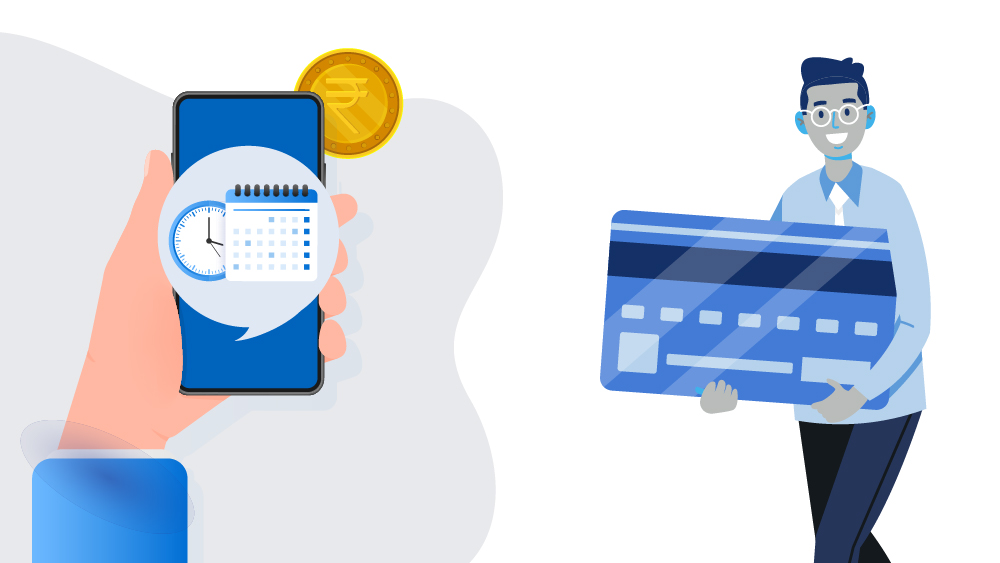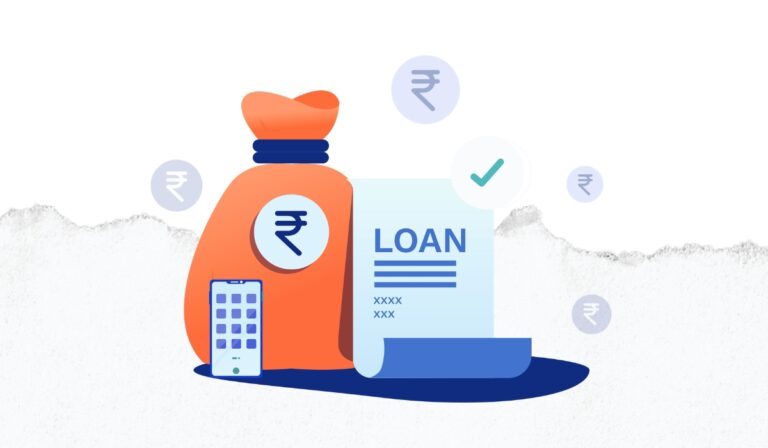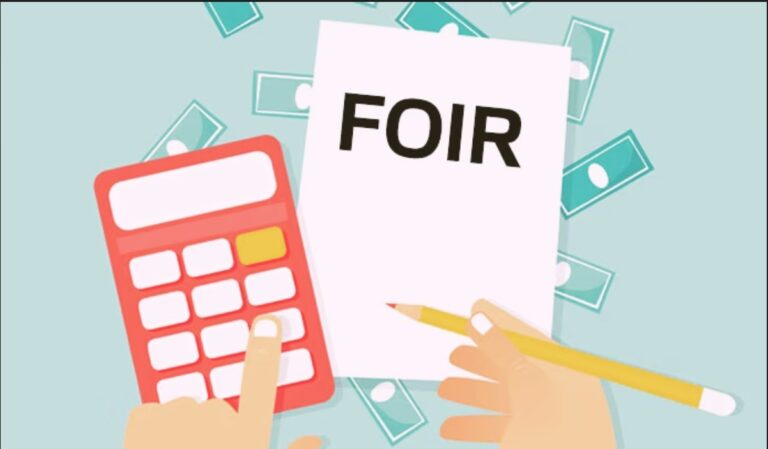The world of finance is rapidly growing, thanks to the digital era. This brings forward some innovative solutions that simplify and enhance our daily transactions.
National Automated Clearing House(NACH) is an advancement designed to replace outdated paper-based systems. NACH helps in recasting the way electronic transactions take place between bank accounts. NACH has been a game changer for both businesses and individuals with its seamless and secure payment methods.
In this blog, we will explore the intricacies of NACH, its benefits, features, and different types, and how it helps transform how we manage our financial transactions.
What is the NACH system?
NACH is a payment system in India that allows efficient and secure electronic funds transfer between bank accounts. The NACH is operated by the National Payments Corporation of India (NPCI) and is designed to replace the existing paper-based transaction system with a digital clearing system.
Through the NACH system, individuals, businesses, and organizations can make different transactions like pension payments, salary payments, dividend payments, loan repayments, etc. All these transactions are made digitally, which provides a faster and even more reliable transfer of funds.
NACH has revolutionized the payment process in India by replacing previously used systems like the Electronic Clearing Service (ECS) and Electronic Funds Transfer (EFT). This has birthed a new era of reliability, convenience, and transparency in financial transactions.
NPCI
The NPCI is the central infrastructure for various retail payment systems in India. It collaborates with member banks, regulators, and other stakeholders to create innovative and secure payment solutions. One of the notable achievements of NPI is the introduction of the United Payments Interface (UPI), a real-time payment system that enables instant fund transfers between bank accounts using smartphones.
Additionally, NPCI has been an essential tool in promoting digital financial inclusion in rural and underbanked areas of the country.
Objectives of NACH:
The National Automated Clearing House (NACH) has been established in India with various objectives. These objectives were made by considering the need to build a reliable, trustable, and convenient payment ecosystem for businesses and organizations.
- Automation of Payments: NACH helps in easing the process of automation of various payment transactions like salary payments, pension payments, pension disbursement, loan repayments, and many more. This automaton helps in the reduction of manual intervention and manual errors and ensures timely payment transfers.
- Standardization: NACH standardizes the payment process by creating a common platform where transactions are uniformly processed. It aims to promote interoperability and simplify payment procedures.
- Cost Reduction: NACH also helps reduce the cost associated with the payment process by eliminating the need for physical instruments. This cost reduction benefits individuals and businesses and makes transactions more efficient and convenient.
- Enhanced Security: NACH ensures that the transaction data is transmitted securely and reduces the risk associated with physical tools.
- Transparency and Traceability: NACH offers traceability to banks and organizations, enhancing the transparency of the payment ecosystem.
Advantages of NACH in banking:

For Customers:
> It is safe and secure
> Validation of the transfer request can be done through NACH with net banking credentials
> User-friendly space with easy access
> time-saving as the transactions are settled within a day.
For Banks:
> Zero chances of late payments
> minimized possibilities of fraud and theft
> Online transactions ensure effective management
> No invoicing cost
For Organisations
> Easy bill settlements improve customer relations and satisfaction
> Time-saving since a large number of recipients receive money quickly
Types of NACH
NACH banking has two types:
1. NACH Credit: NACH Credit is a payment mechanism in which funds are credited from the payer’s bank account to the recipient’s bank account. The payer authorizes the recipient, granting consent to debit their account for a specified amount at already decided periods. The transactions are processed by the NPCI (National Payments Corporation of India) and settled in batches, resulting in the timely and automated transfer of funds from the payer’s account to the recipient’s account.
2. NACH Debit: NACH debit is a payment mechanism that enables funds to be deducted from the payer’s bank account. The payer must authorize the recipient to grant permission to directly debit a specific amount from their account at predetermined intervals. Like NACH Credit, the transactions are processed and settled in batches by the NPCI, ensuring seamless and automated fund transfers from the payer’s account to the recipient’s account.
How to set up NACH Mandate?
Step 1: Complete the NACH mandate form and visit your bank’s website.
Step 2: Once redirected to the destination bank’s website, validate your request using your net banking credentials.
Step 3: Only after verification of your details will the bank decide whether your mandate request will be accepted or rejected.
Step 4: Once approved, you can schedule your transactions. You will also receive a UMRN ( numeric code) for later reference.
UMRN and why is it important?
UMRN, which stands for Unique Mandate Reference Number, is an exclusive numerical identifier generated by the NACH system upon creating a mandate. This code serves as a distinctive reference point for future use. It holds significance in tracking mandate particulars and facilitating mandate cancellation or modification procedures. The UMRN plays a pivotal role in ensuring accurate record-keeping and seamless management of mandates within the NACH framework.
e- Mandate vs. e-NACH
A mandate is like a set of instructions a customer gives to their bank. It tells the bank to take out a certain amount of money at specific times. NACH helps banks, financial institutions, and government bodies in making automatic payments.
e-NACH and e-mandate do the same job, but they use different ways to do it. They are digital payment services created by a partnership between the Reserve Bank of India (RBI) and the National Payments Corporation of India (NPCI).
Conclusion
In conclusion, the National Automated Clearing House (NACH) has emerged as a transformative force in India’s payment landscape. By replacing outdated paper-based systems and introducing electronic payment methods, NACH has revolutionized how funds are transferred between bank accounts. As India’s financial landscape continues to evolve, NACH remains at the forefront, shaping the future of payment systems and reinforcing India’s position in the global digital economy.
PayMe is an RBI-registered Indian lending Fintech company providing quick personal loans online to individuals and small businesses at low-interest rates. PayMe aims to bridge the gap between traditional lending institutions and borrowers who may need to meet their stringent requirements. With a user-friendly platform and quick approval process, PayMe is committed to providing its customers with financial freedom, Quick disbursal, and flexibility. In addition, the company aims to provide fast loan approval to empower individuals and businesses to achieve their goals by providing timely access to the necessary funds. Payme’s customer-centric approach and innovative technology make it a leader in the Indian lending Fintech industry.
Want to learn more about fintech? Read here.




